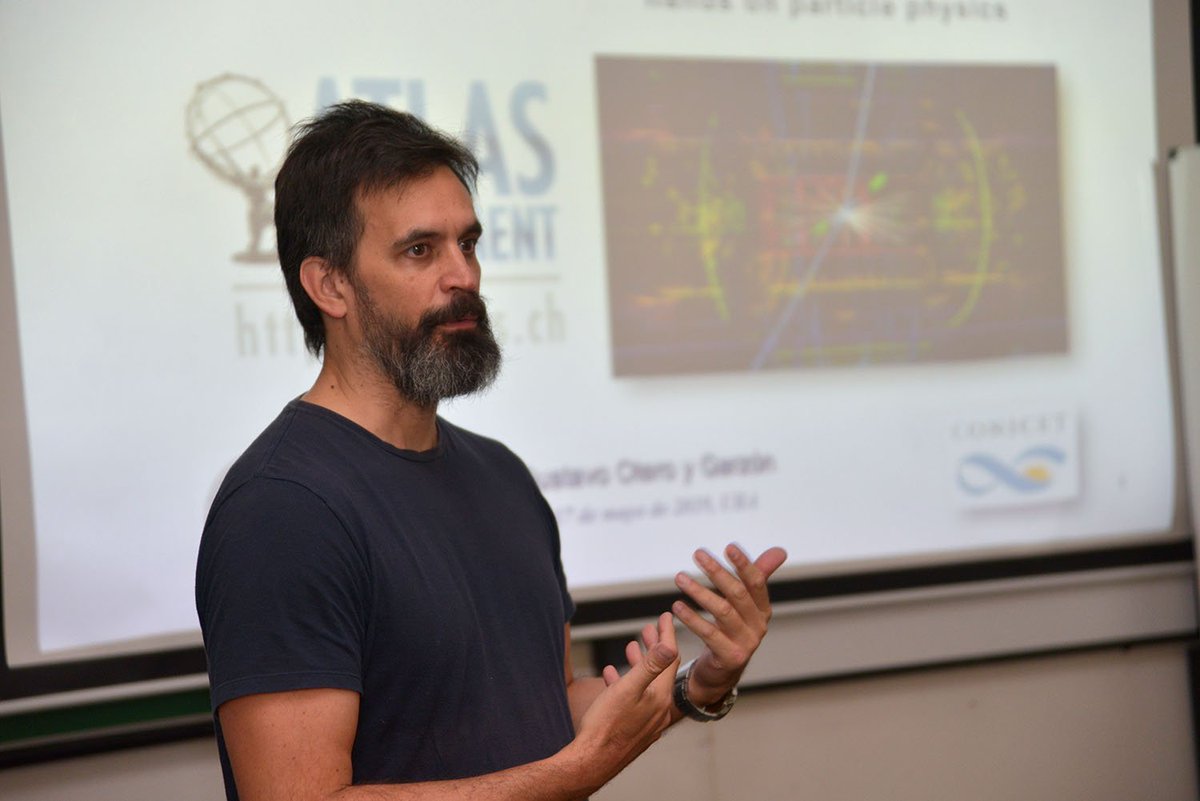Coloquio: Advanced microscopy techniques to enable the discovery of molecular mechanisms that regulate cell migration
- 12-06-2025 14:00 |
- Aula Federman

Carlos Bustamante (University of California)
Many cellular processes are performed by highly specialized and evolved entities that function as molecular machines. Some of these protein machines operate cyclically converting chemical energy into mechanical work through the generation of force or torque and displacement. These machines are referred to as “molecular motors”. I will give examples of several molecular motors in the cell, as well as their classification in terms of their mode of operation. The mechanical paradigm in biology is not new; as I will show, these ideas have been around since the XVII century, but our understanding of their operation has increased enormously through the use of single molecule manipulation methods and of modern biophysical techniques such as optical tweezers. I will describe some of our recent results in the study of the DNA packaging motor of bacteriophage Phi29, including its impressive thermodynamic efficiency. This is a feature that is common to many motors of biological origin. I will then speculate about the possible origin of this energetic efficiency based on recent results about energy dissipation. I will end by describing the impressive coordination among the different parts of the packaging motor using high-spatial resolution optical tweezers.

Carla Bonifazi (ICAS - UNSAM)
Desarrollados y utilizados principalmente para la astronomía, los CCDs vienen mostrando un gran potencial para su utilización de experimentos que requieren bajo umbral de detección. Un ejemplo de esto es el experimento CONNIE (COherent Neutrino-Nucleus Interaction Experiment), localizado a 30 m del centro del Reactor Nuclear Angra 2 – en Brasil –, cuyo objetivo principal es la detección de la dispersión coherente entre el antineutrino y el núcleo de silicio en la forma de retroceso nuclear. Este tipo de interacción, predicha por el Modelo Standard, es a su vez un portal hacia nueva física más allá del Modelo Standard. Por este motivo, bajar aún más el umbral de detección se hace fundamental, y esto es posible gracias la novedosa tecnología Skipper-CCD que logra ruidos de lectura sub-electrónicos. En esta charla voy a discutir sobre el principio de funcionamiento y el estado del desarrollo de estos tipos de detectores, así como también sobre los resultados obtenidos por el experimento CONNIE y su potencial con la instalación de Skipper-CCDs que estamos realizando. Finalmente discutiré los planes futuros que proponen la construcción de un nuevo experimento con esta nueva tecnologia y que pueda ser instalada en una región mas cercana al centro de un reactor de forma tal que el flujo de neutrinos aumente significativamente (experimento vIOLETA).


